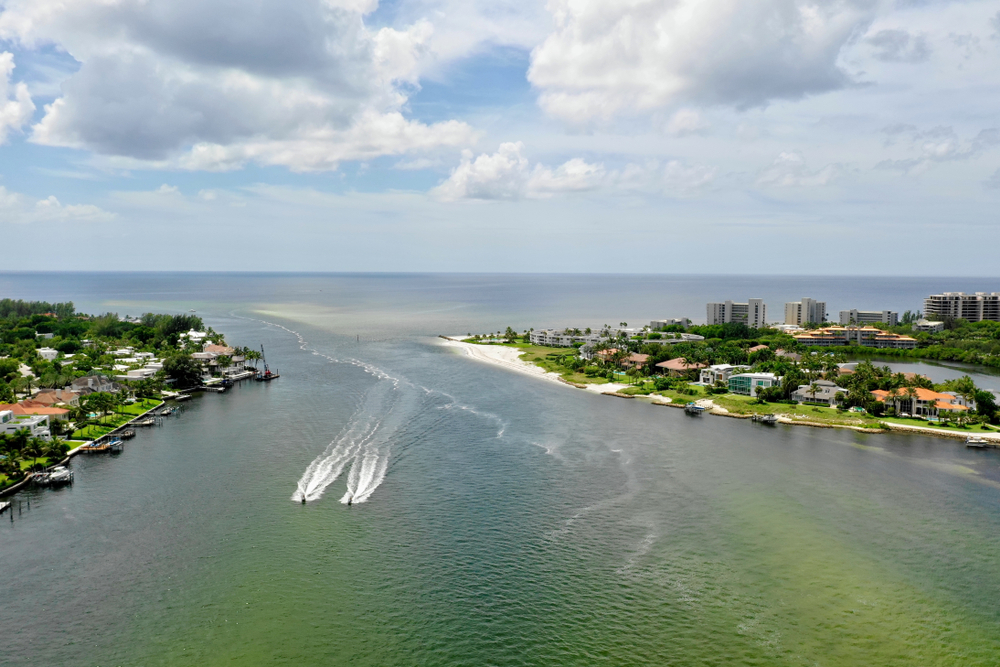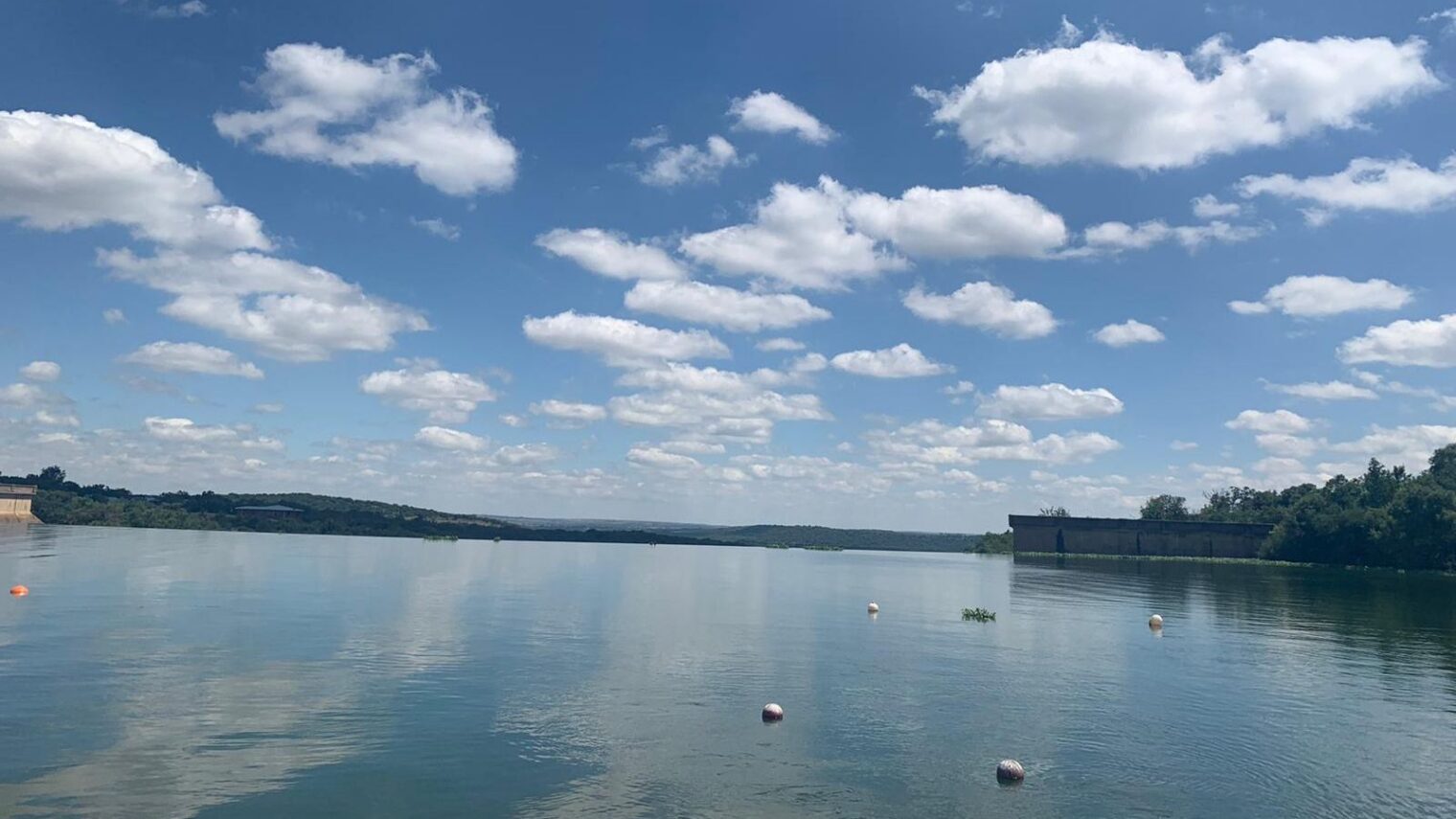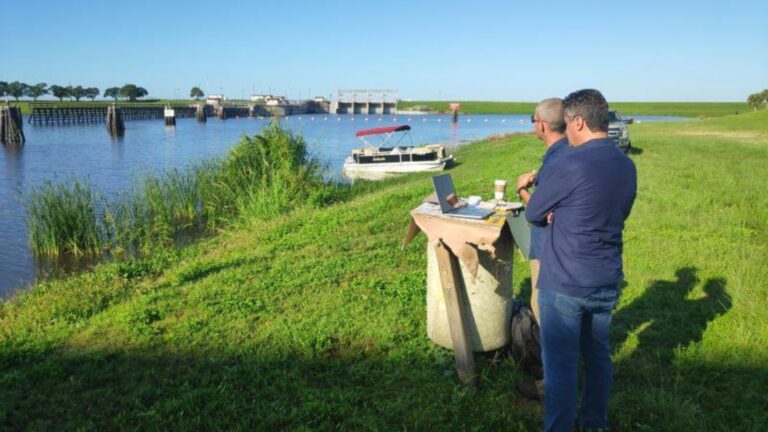You’d think that bacteria would be hard to see with the naked eye, and even harder to spot from outer space. But when it comes to toxic algal blooms, even satellites orbiting Earth can’t miss it.
Blue-green algal blooms are toxic bacteria scientifically known as cyanobacterial blooms. These occur when a water ecosystem becomes unhinged as a result of internal or external contamination. The photosynthesizing algae proliferate and take over all the resources in the lakes or reservoirs and ruin their ecosystem, sometimes even turning them into dead aquatic zones.
This isn’t bad news only for the body of water and its plant and animal inhabitants, but also for the people who live around it and rely on it for their drinking water, livelihood and recreation. Drinking the water becomes out of the question, as does eating the fish that lived there. Consuming vegetables that were grown using the water is also not advisable, and neither is bathing in it – it literally stinks.

This is where Israeli startup BlueGreen Water Technologies steps in. Founded in 2014, the company started as one of the cofounders’ doctoral dissertation on cyanobacteria. It turns existing forms of algal blooms treatments into a more efficient, planet-friendly and easy-to-use solution.
“For years, it was common practice to work with algicides, specifically copper,” explains BlueGreen’s CEO and co-founder Eyal Harel. “It’s excellent material, it works great.”
“But it’s a heavy metal that sticks around – it mounts up and in the end it’s a chemical,” he says. “In the past 25 years a new algicide based on hydrogen peroxide was introduced. It also does a great job, but it’s hydrogen peroxide. The way it’s being used today requires a very, very great deal of it.”
Using copious amounts of these substances is not great for the environment and not always efficient in treating the algal blooms. This is because the bloom resides on the surface of the water and is moved around by the currents, while the chemicals used to treat it are heavy and sink to the bottom, meaning that large amounts of the algicides go to waste.
New treatment paradigm
“We took the same chemical materials,” Harel explains, “and in a very clever procedure we gave them a nano-coating with a material that we developed using a process that we developed. It doesn’t do anything to the physical substances but it changes their physical properties.”
“We took a heavy substance that quickly sinks and disintegrates when you put it in water and we turned it into a ‘light’ substance,” he says. “The final result is that it floats atop the water and slowly releases the active material.”
BlueGreen’s Lake Guard solution comes in pellet form. Users simply throw a small amount into the body of water, and the active ingredients are released from their coating within four to six hours. According to Harel, results can be seen within 24 to 48 hours.
“It’s kind of a silver bullet,” he says. “All you need to do is to put a very small amount of the chemical on a local level and the material starts to move in the water on its own.”
“With this, we managed to change the treatment paradigm,” he says.

Global problem
BlueGreen began marketing Lake Guard in 2018 and is already working with most of the water reservoirs in Israel – some 600 of them.
“Israel is our beta site,” Harel says.
“Working in Israel is very convenient,” he explains. “The variety we were exposed to was huge, and the distances between the reservoirs are nothing. That’s why it’s really great for carrying out research and development.”
BlueGreen’s potential clients range from farmers with a little lake in their back yard to municipalities and regional water authorities.
“Further down the line, the goal is to reach international cooperation regarding water that’s outside territorial waters,” Harel says, noting that algal blooms can appear anywhere around the world, the North and South poles included, and they’re becoming a greater problem with time.
“Like any bacterial infection, it keeps on growing,” he says. “The curve is very clear all around the world. From year to year the phenomenon is becoming more acute.”
In February, BlueGreen treated the 4.4-square-kilometer Roodeplaat Dam Reservoir near Pretoria, South Africa. There, the agal blooms were so bad that they could be viewed by satellite and rendered the water unsuitable for use. Within days, the situation was reversed.
“One of the places we’re going to treat in the next few weeks is in China, a place that’s been suffering from blooms for the past 25 years. They’ve tried treating it for the past 15 years and have failed time after time,” Harel says.
He adds that the coronavirus crisis hasn’t had much effect on business.
“At the end of the day, water is a must – corona or not.”
For more information, click here
















